The opening ceremony of the XXII Olympic Games took place on July 19, 1980 at the Lenin Stadium in Luzhniki. More than 16,000 people, including professional dancers, athletes, students and amateur artists, took part in the festive opening of the Olympics-80.
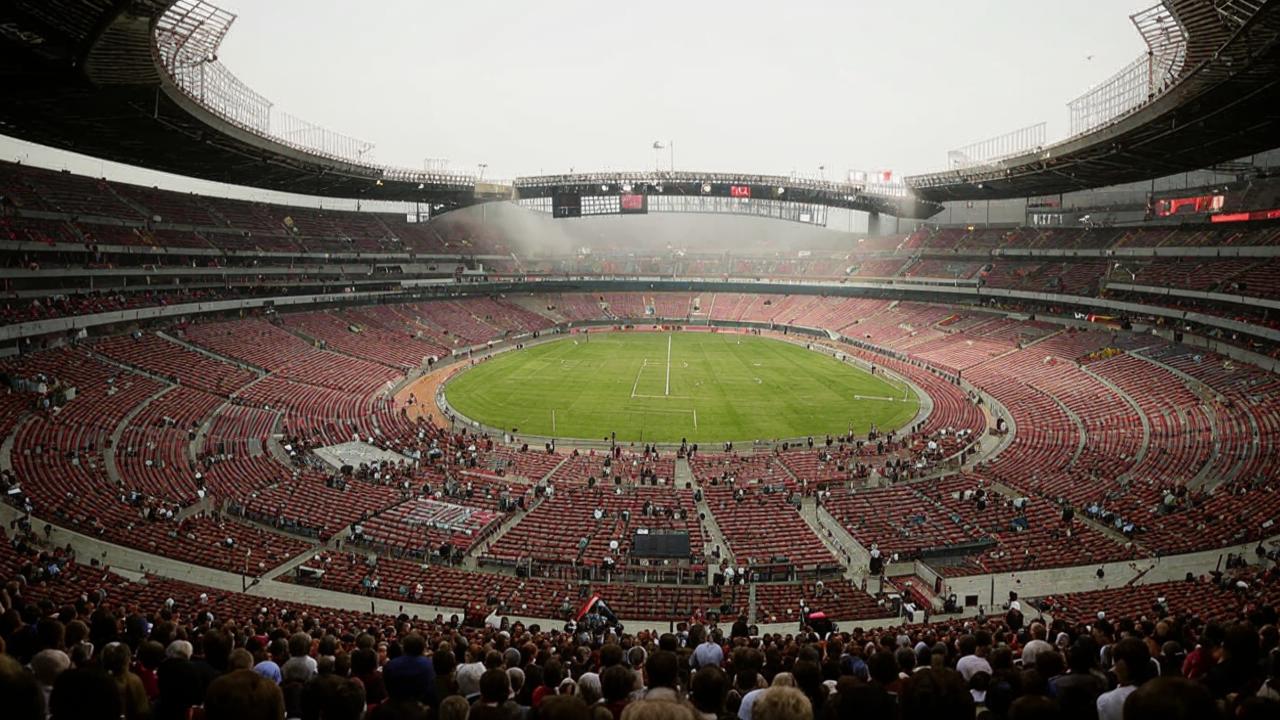
Lenin Stadium
The official mascot of the 1980 Olympics was Misha Bear, the brainchild of Soviet artist Viktor Chizhikov. Misha won according to the results of a TV poll, ahead of moose, squirrel, bison, eagle and other animals. For the first time in history, the Olympic mascot has been in space – Misha was taken on a flight by cosmonauts Vladimir Kovalyonok and Alexander Ivanchenkov two years before the Games.
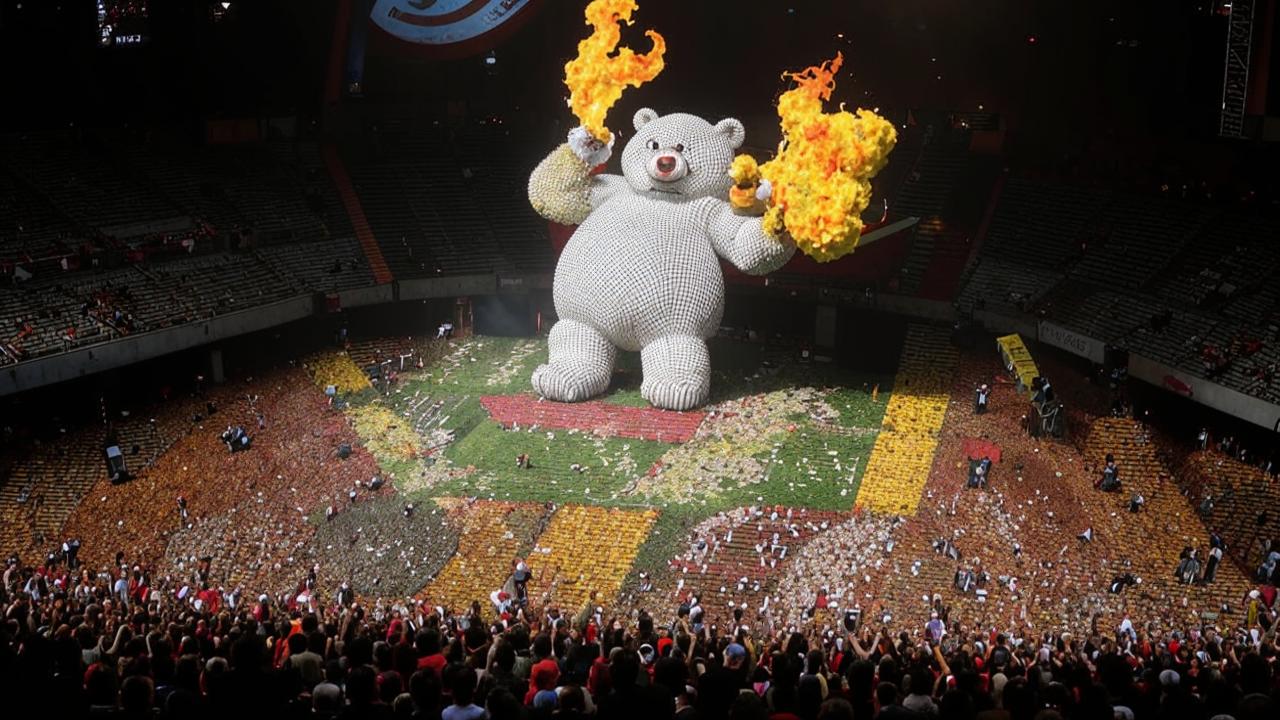
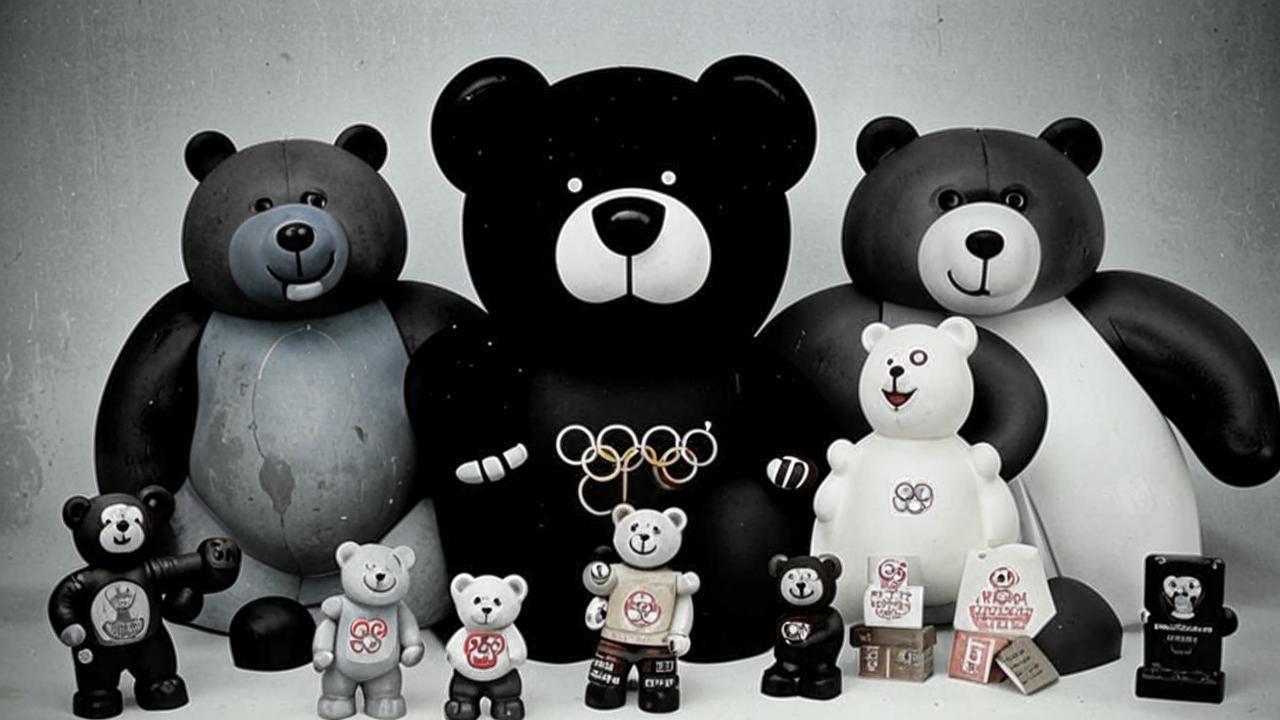
The emblem of the 1980 Olympics was a stylized image of the Kremlin’s Spasskaya Tower, consisting of lines that symbolized running tracks. At the top of the “tower” was a star, and the emblem featured five Olympic rings as the foundation.
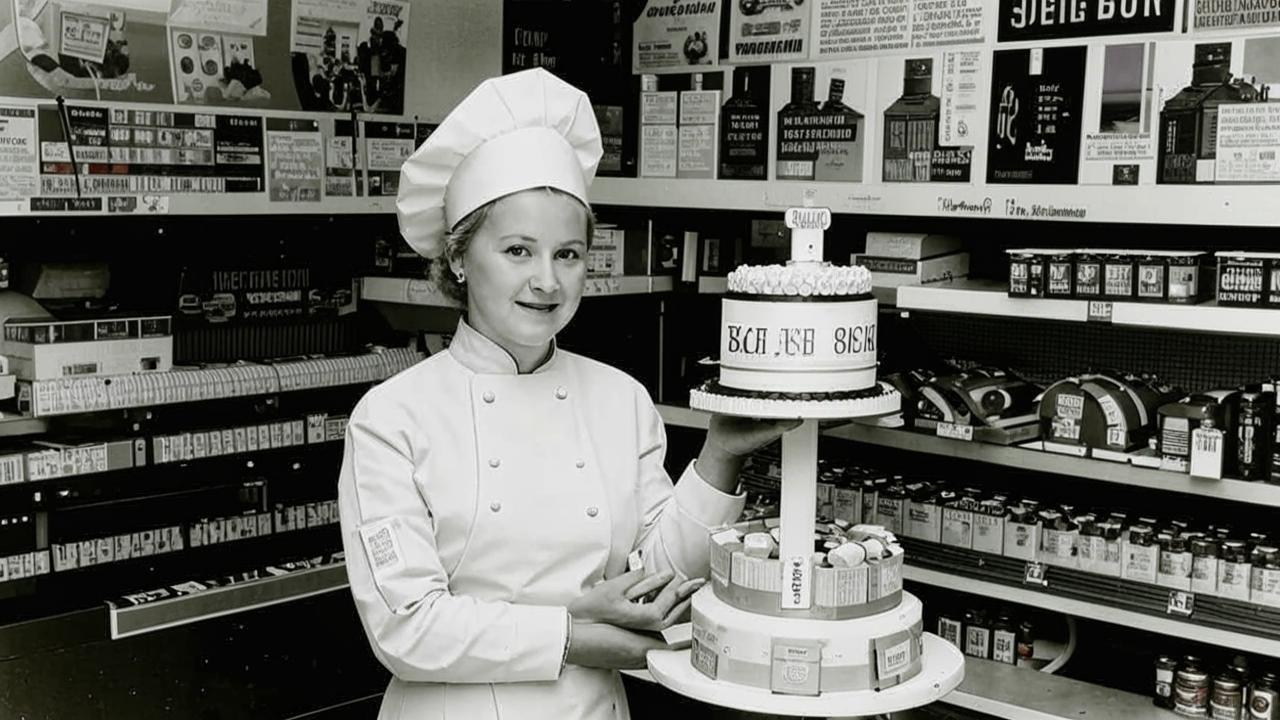
Olympic cake depicting the emblem of the 1980 Olympics
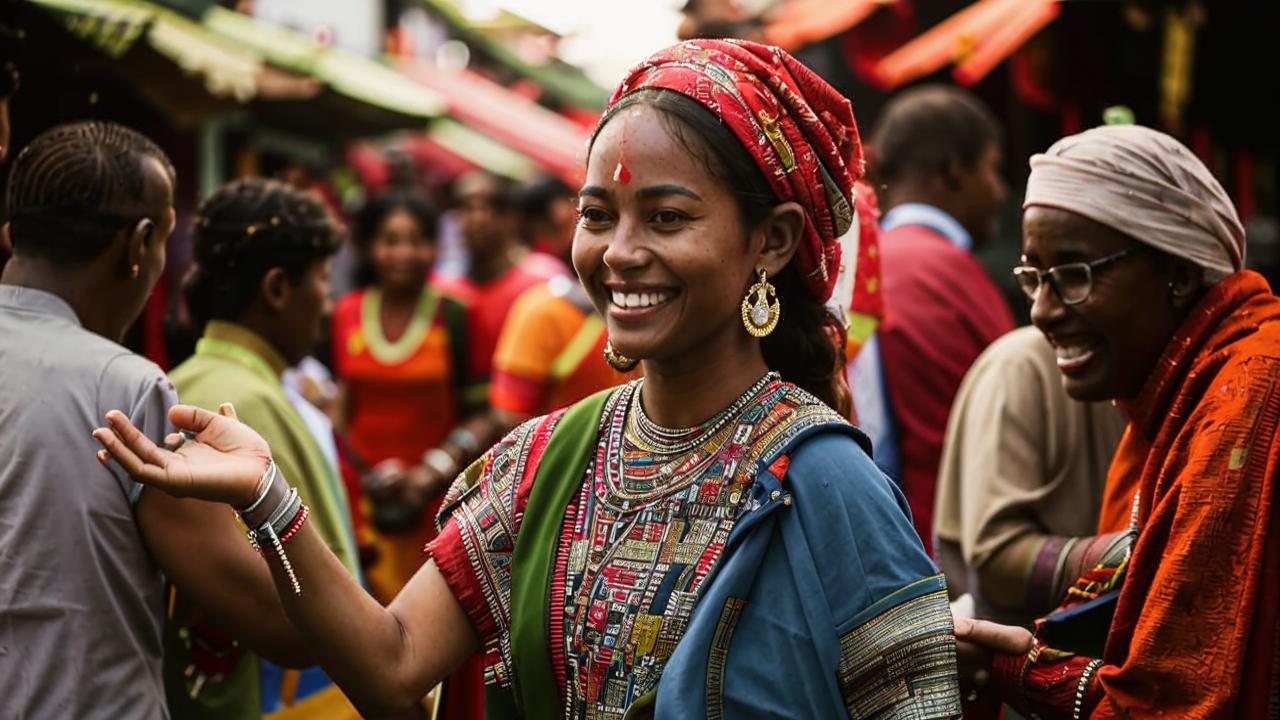
Handkerchiefs with the Olympic emblem
At the beginning of the opening ceremony of the Olympic Games, young men and women in ancient Greek clothes marched through the arena. The procession was accompanied by three chariots. In this way the connection with the history of the Olympic movement was shown.
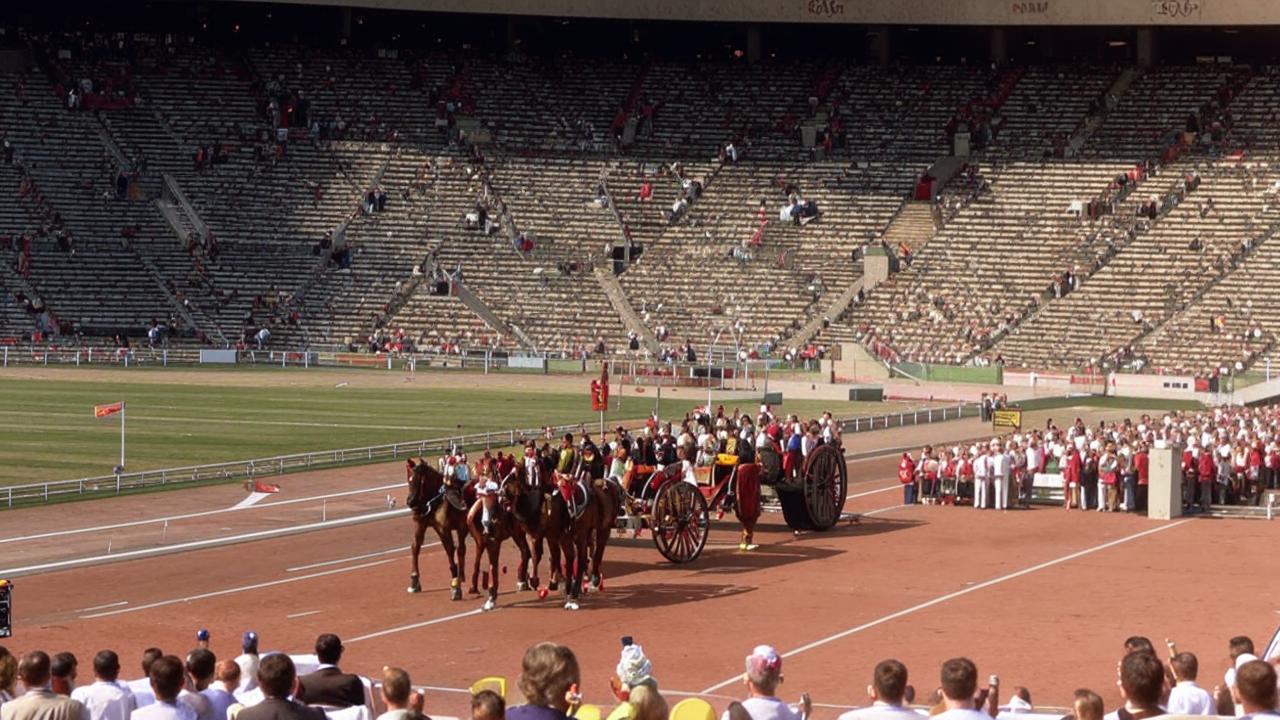
At the Olympic Games in Moscow, athletes from 81 countries took part in the competitions. The USA, Canada, Germany, Germany, Japan and China boycotted the Olympics because of the Soviet troops entering Afghanistan. Team Australia came out under the Olympic flag as the state government advised them to ignore the Games in Moscow. However, many athletes decided to participate in the Olympics.
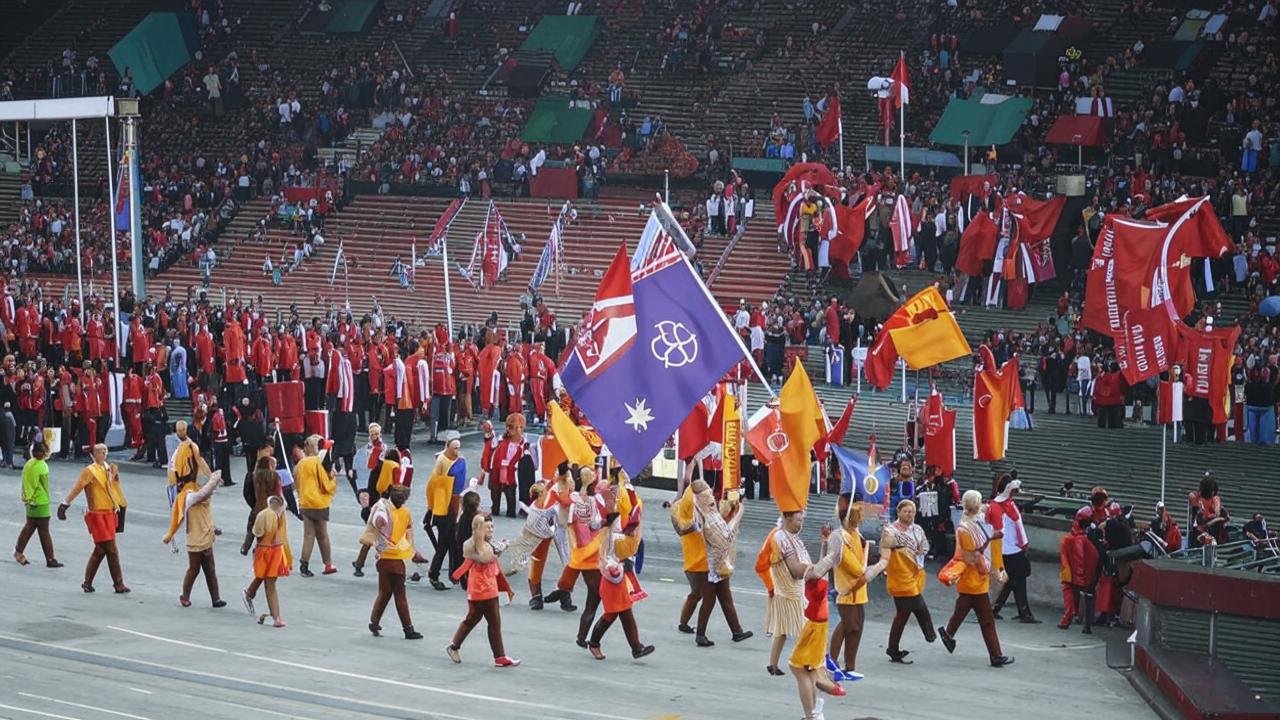
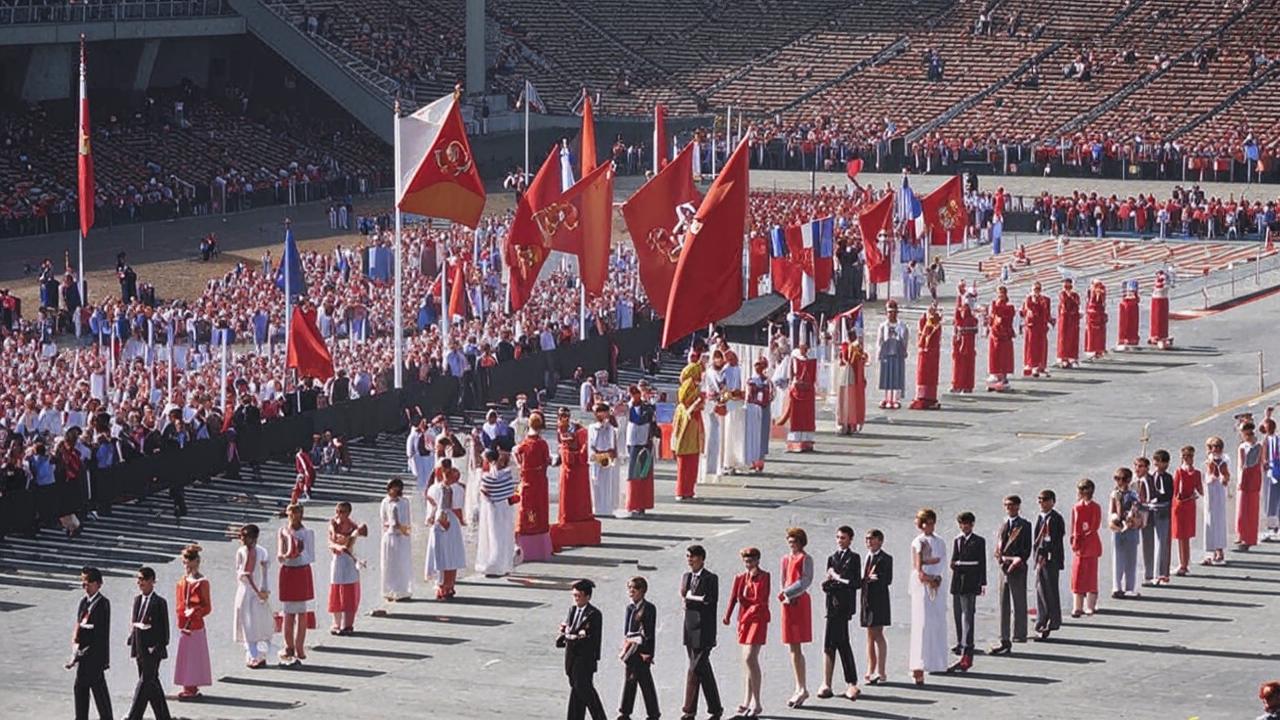
USSR team
Ignatiy Novikov (left), chairman of the Olympics-80 organizing committee, and Lord Michael Killanin (right), president of the IOC (International Olympic Committee), making a solemn speech at the opening of the Games.
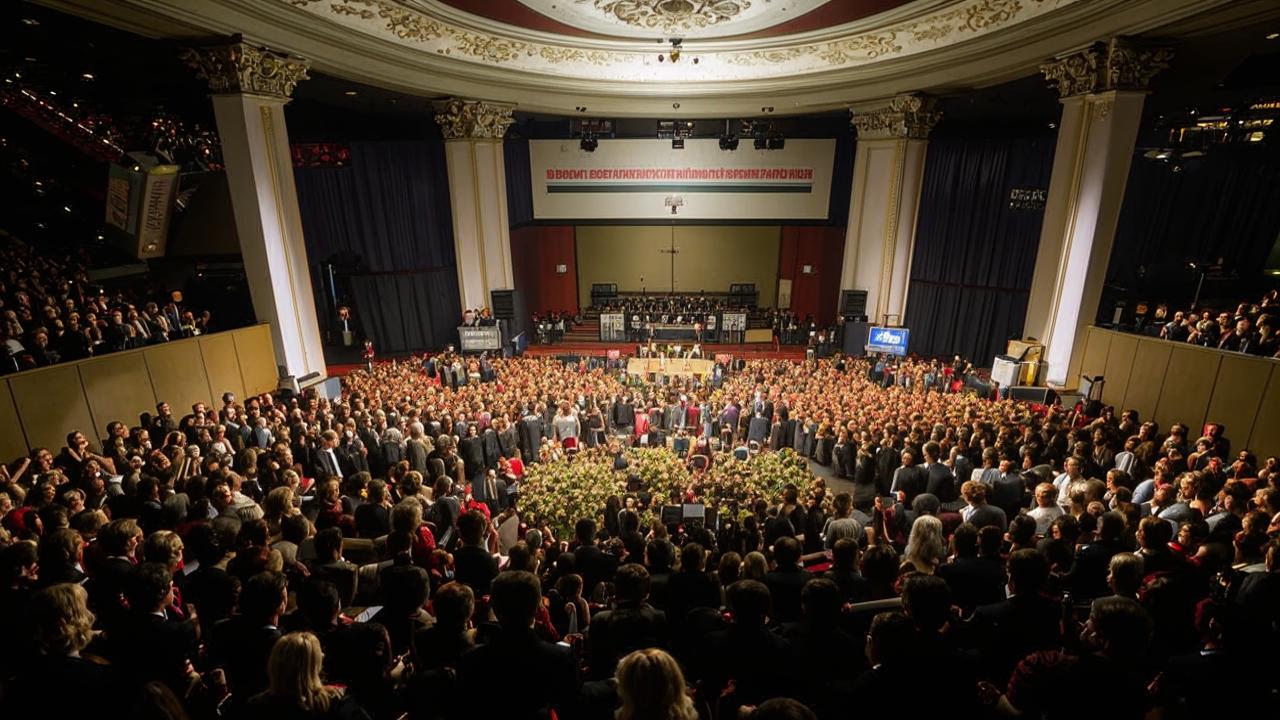
Soviet track and field athlete Viktor Saneyev, three-time Olympic champion, carried the torch with the Olympic flame around the stadium. He then passed the torch to the outstanding basketball player Sergei Belov, who lit the main Olympic torch over Moscow.
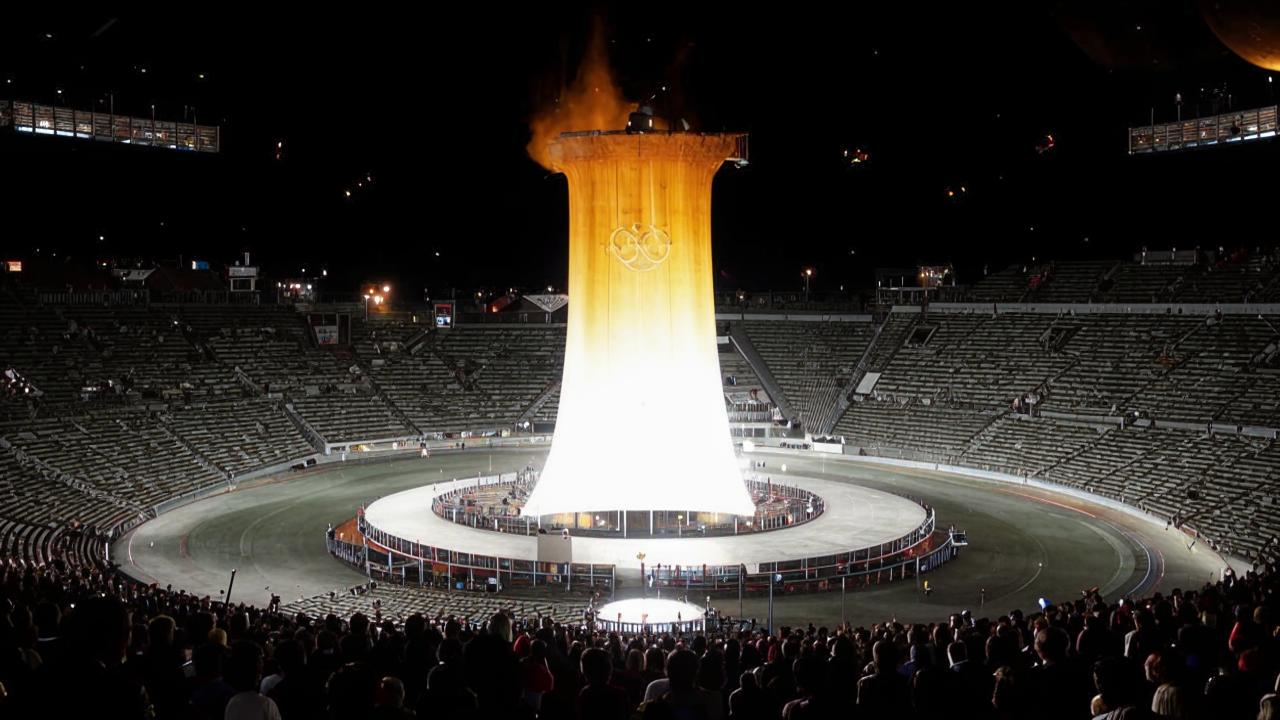
Olympic flame
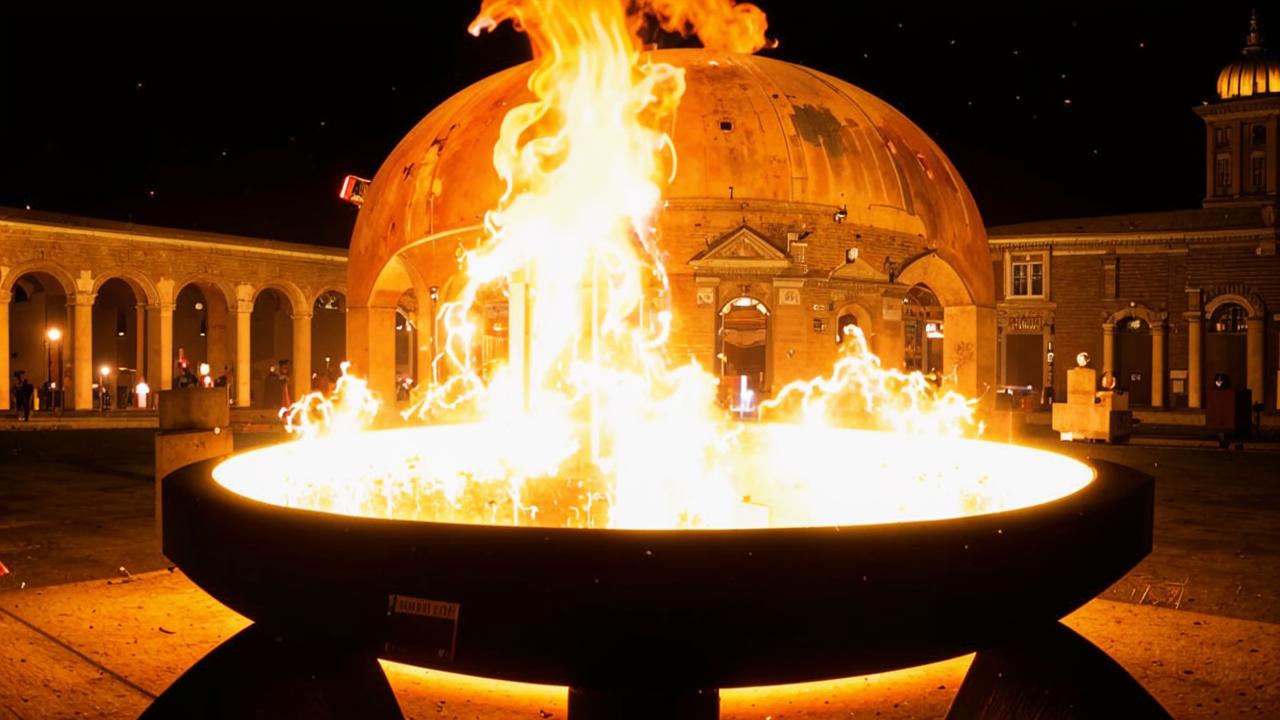
Olympic flame
Special attention should be paid to the East Stand, which was a constantly changing “living screen”. More than four thousand people with special attributes, including flags, signs, painted panels, laid out certain images, raising up one or another part of the props. During the opening ceremony, 174 mosaic paintings replaced one another.
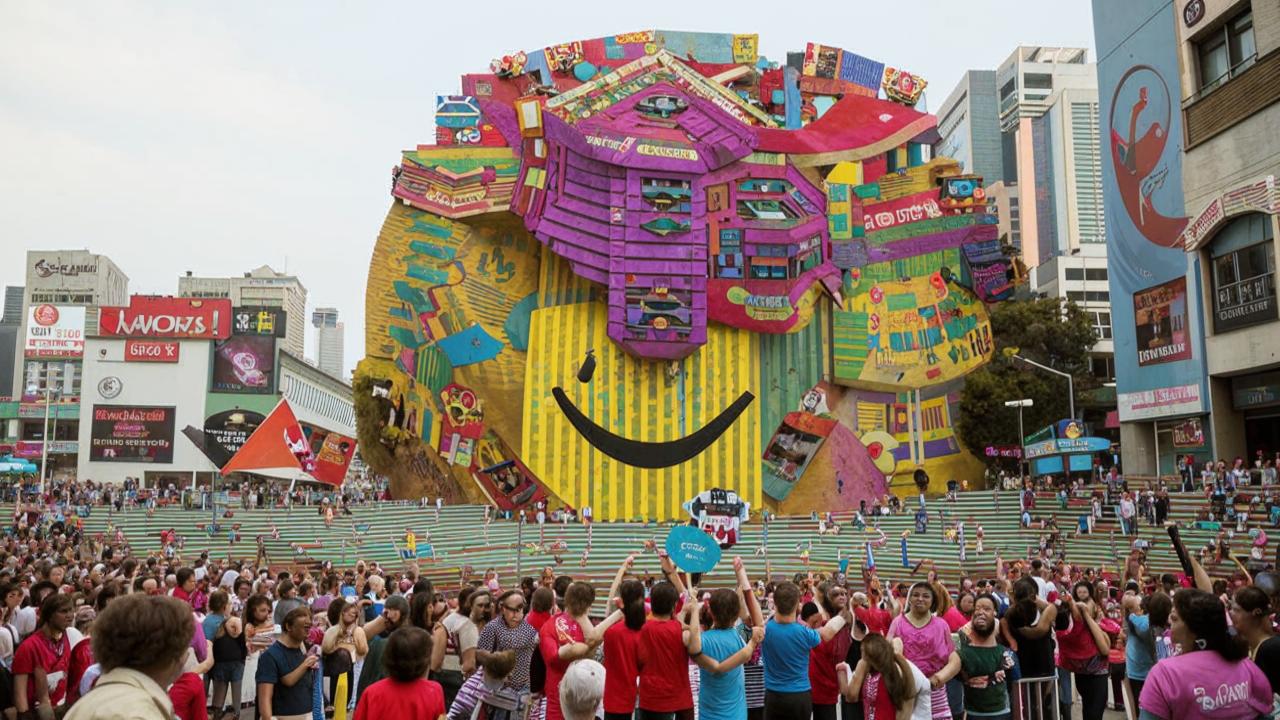
In the final part of the solemn opening ceremony on the East Stand appeared the image of the globe with a star, which symbolized Moscow – the capital of the 1980 Summer Olympic Games. At the same time, a huge number of people depicted Olympic rings and cups in the arena.
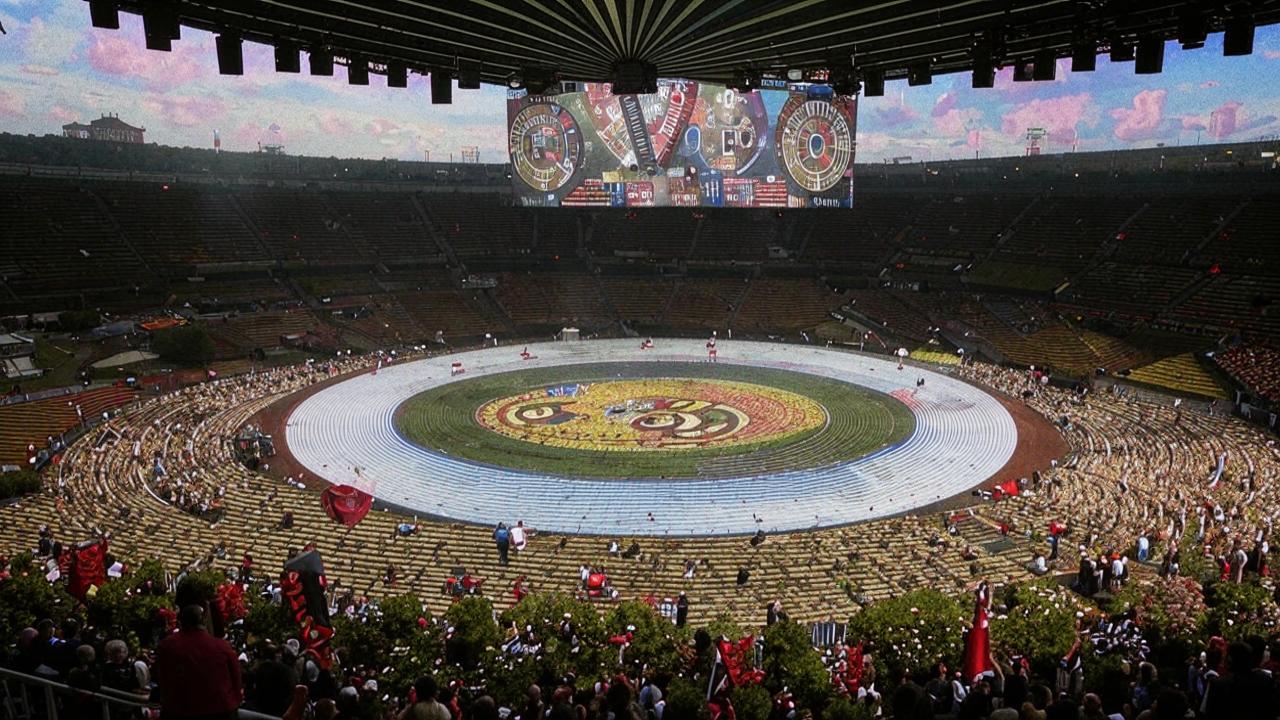
The opening ceremony of the Olympics-80 impressed the citizens of the USSR and foreign guests.
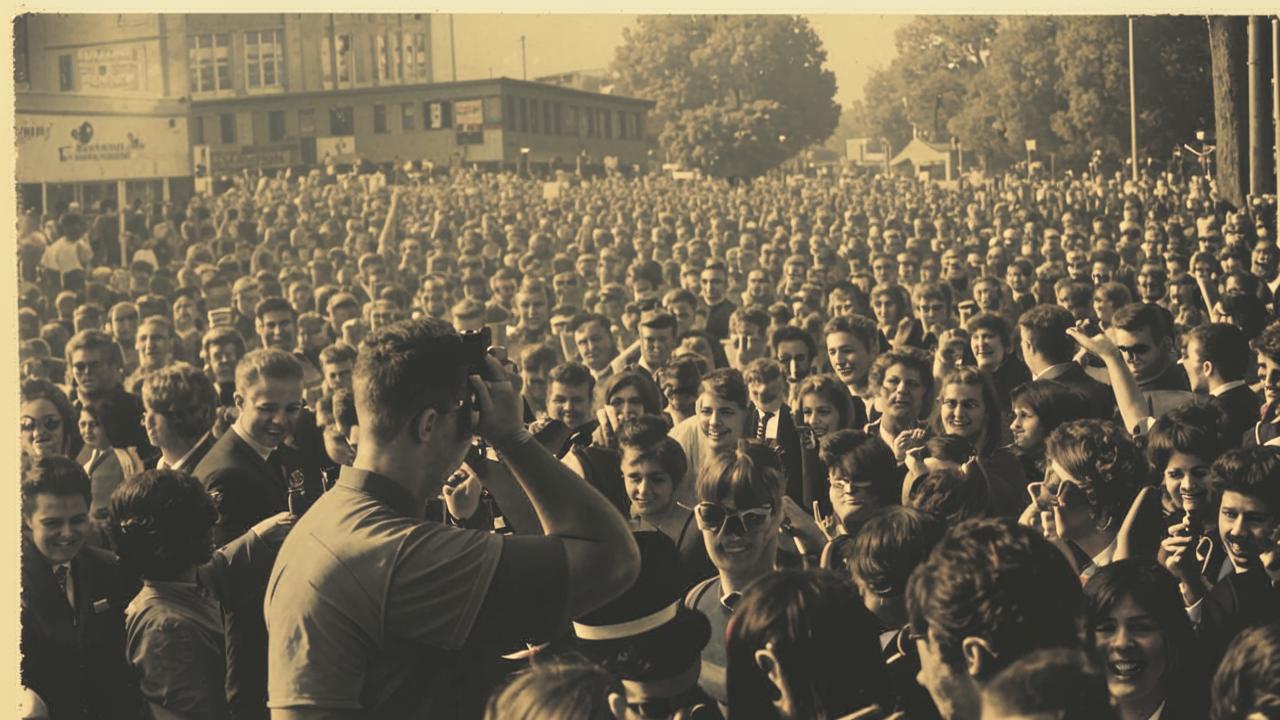
Gold medal of the Moscow Olympic Games. The front side shows the goddess Nika, the traditional Olympic symbol of victory, with a fragment of the coliseum on the right. On the reverse side of the medal is a bowl of fire, in the background is the arena of the stadium, and in the upper part of the emblem of the Olympics-80.
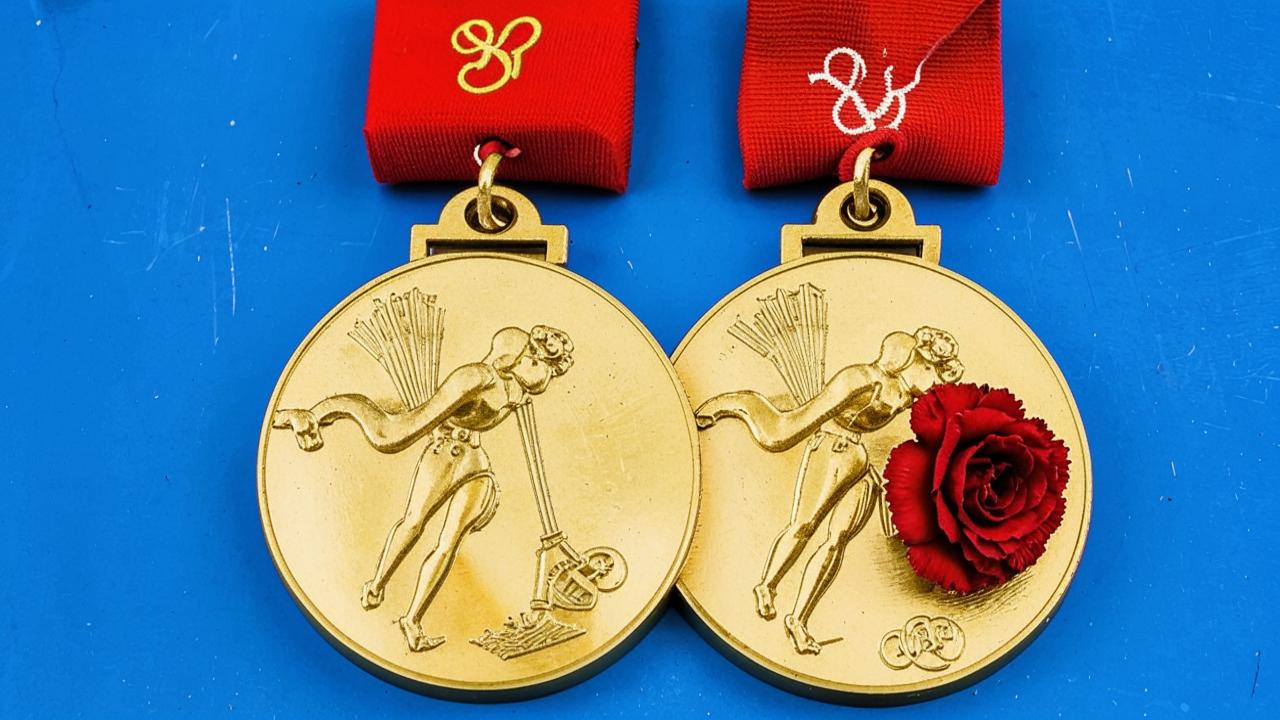
At the Olympic Games in Moscow 203 sets of awards were played. Athletes from the USSR won 80 gold medals, 69 silver and 46 bronze medals, taking first place in the overall standings.
The Olympics-80 was a celebration of sport and peace, an event that remained forever in the hearts of the people involved in it.





